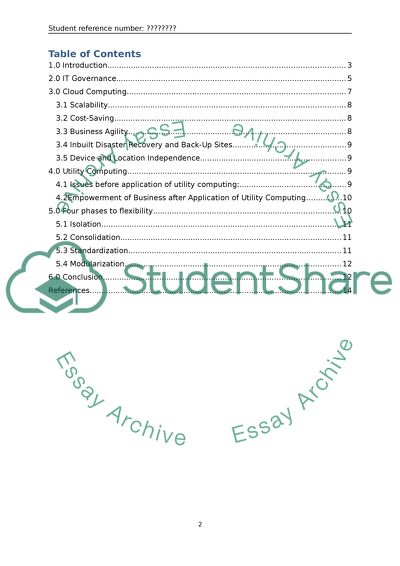Cite this document
(“Information Technology Essay Example | Topics and Well Written Essays - 2250 words - 1”, n.d.)
Retrieved from https://studentshare.org/technology/1506564-information-technology
Retrieved from https://studentshare.org/technology/1506564-information-technology
(Information Technology Essay Example | Topics and Well Written Essays - 2250 Words - 1)
https://studentshare.org/technology/1506564-information-technology.
https://studentshare.org/technology/1506564-information-technology.
“Information Technology Essay Example | Topics and Well Written Essays - 2250 Words - 1”, n.d. https://studentshare.org/technology/1506564-information-technology.


